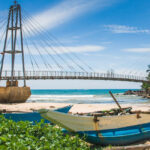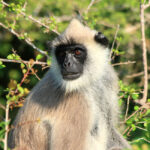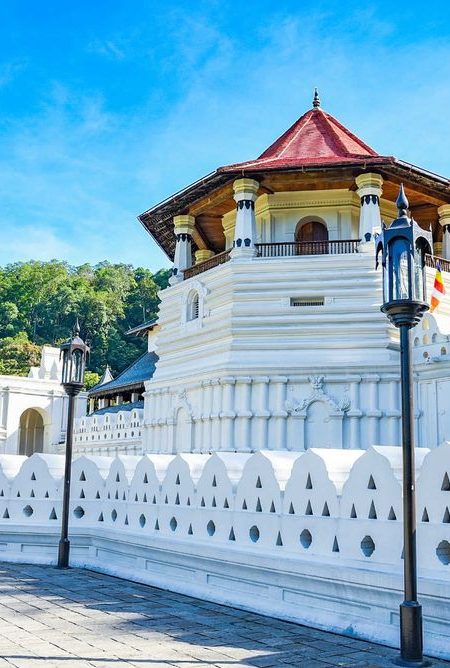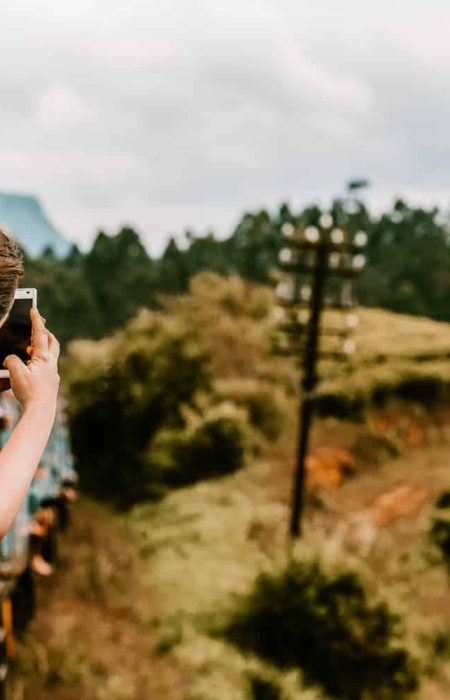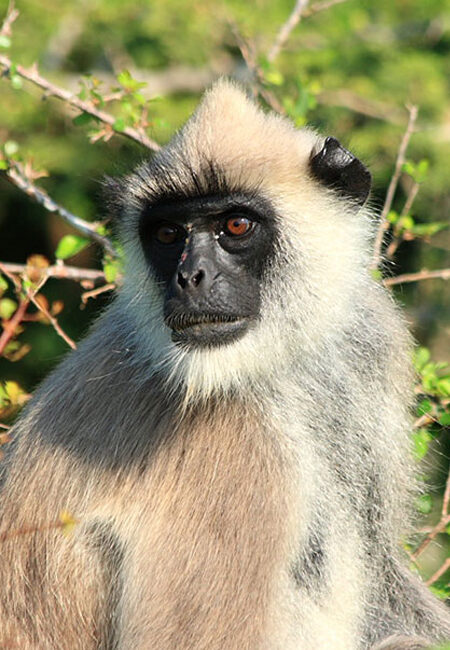Introduction
One of the grandest (and historically significant) festivals in Sri Lanka is Esala Perahera, otherwise known as the Festival of the Tooth. This sensational event is a festival of traditional pageantry, religious devotion and cultural pride and is held annually in the city of Kandy. Esala Perahera draws thousands of tourists and locals as a chance to view the island’s rich heritage at its best.

History of Esala Perahera
Esala Perahera takes its origin from certain ancient Sri Lankan traditions and practices of the religious faith. It is believed to have started in the 3rd century BC when the Kingdom of Kithsirimewan reign. An initial celebration was to honor the arrival of the Sacred Tooth Relic of the Buddha in Sri Lanka. The relic, which is the most important religious artifact in Sri Lanka, was believed to have been smuggled into the island from India, and was a relic of sovereignty.
Sacred Tooth Relic – A Significance
The Temple of the Tooth, or Sri Dalada Maligawa, is home to the Sacred Tooth Relic, in Kandy. As sacred object and as symbol of the nation’s sovereignty, the relic is revered. The politics and culture of the country are deeply significant when we consider that whoever holds the relic the governance of the country also belongs to them.
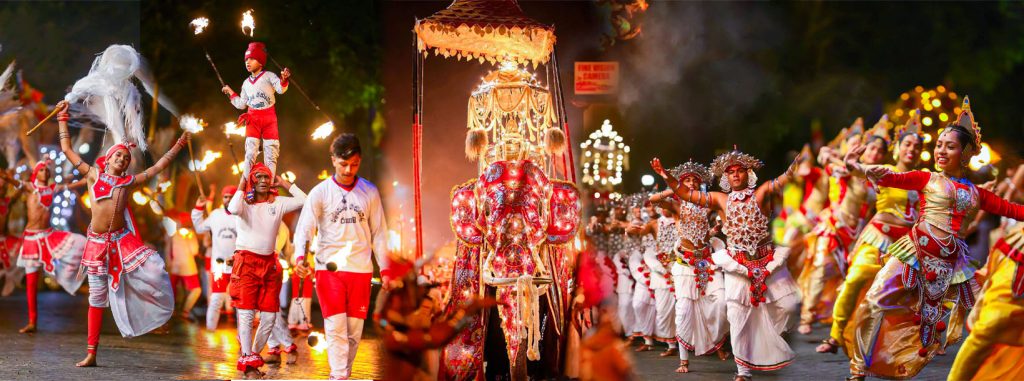
The Structure of the Festival
Traditionally, Esala Perahera is held in the month Esala (July or August) and held for ten days. What makes up the festival is made up of a number of processions representing many deities and parts of Sri Lankan culture.
The Kumbal Perahera
Nothing more scenic than to begin the festivities with a Kumbal Perahera. It’s not as big as the grander processions to follow, but prepares one for the main event. As part of the Kumbal Perahera, the streets have a replica Sacred Tooth Relic and accompanying traditional drummers and dancers.
The Randoli Perahera
The highlight to the festival is the Randoli Perahera, a procession lasting the final five nights. Elaborately decorated elephants, traditional dancers, fire eaters, musicians are among the main exhibits of this great processions. The overall point of the procession is the relic casket carried on the back of the chief elephant or Maligawa Tusker.
The Maha Perahera
The grandest processions of the festival is the Maha Perahera, the final night of the festival. This is a culmination of all the previous processions for which this is the pinnacle point, which displays the full exuberance of Sri Lankan culture and religious devotion.
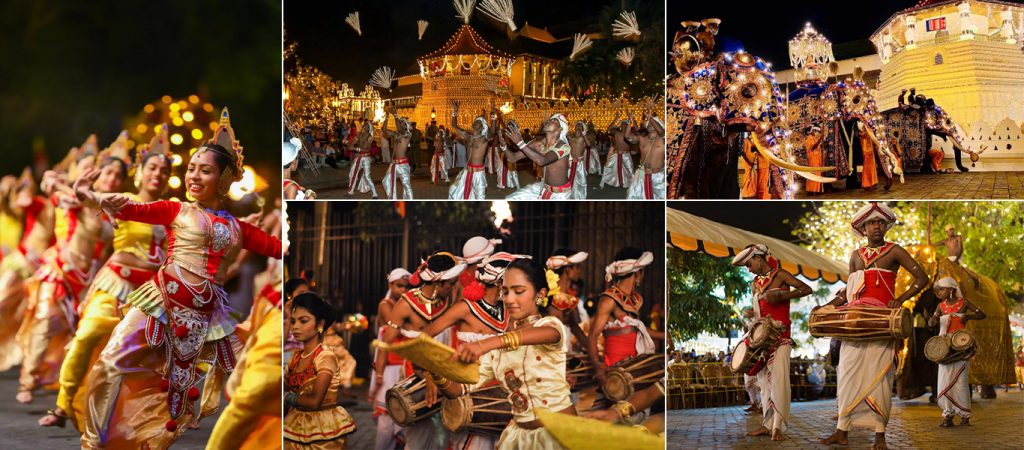
The Processions were the key elements.
The Elephants
Esala Perahera just would not be quite the same without elephants. It bears bearing in mind that the lead elephant, the Maligawa Tusker, bears the golden casket that has a replica of the Sacred Tooth Relic. These animals are laden with beautiful garments and lights, but an astonishing sight.
The Dancers and Drummers
A traditional Kandyan dancer and drummer also salt the processions with color and dance. Part of their culture is best seen in their performances as with intricate movements and rhythm beats.
The Fire Performers
The processions boast fire performers — fire eaters, acrobats are all part of the mix. Each of these daring acts has the audience captivated, and adds to the total spectacle.
It has cultural and religious significance.
A Symbol of Unity
The Sri Lankan people unite during Esala Perahera, which is more than a religion festival. By gathering together persons of ethnic and religious diversity, it encourages a feeling of national pride and national cultural identity.
Religious Devotion
For many Sri Lanka, getting involved with watching or organizing the the Esala Perahera is an act of religion. It is an occasion to say ‘thank you’ to the Sacred Tooth Relic, and to ask the blessings of the year to come.
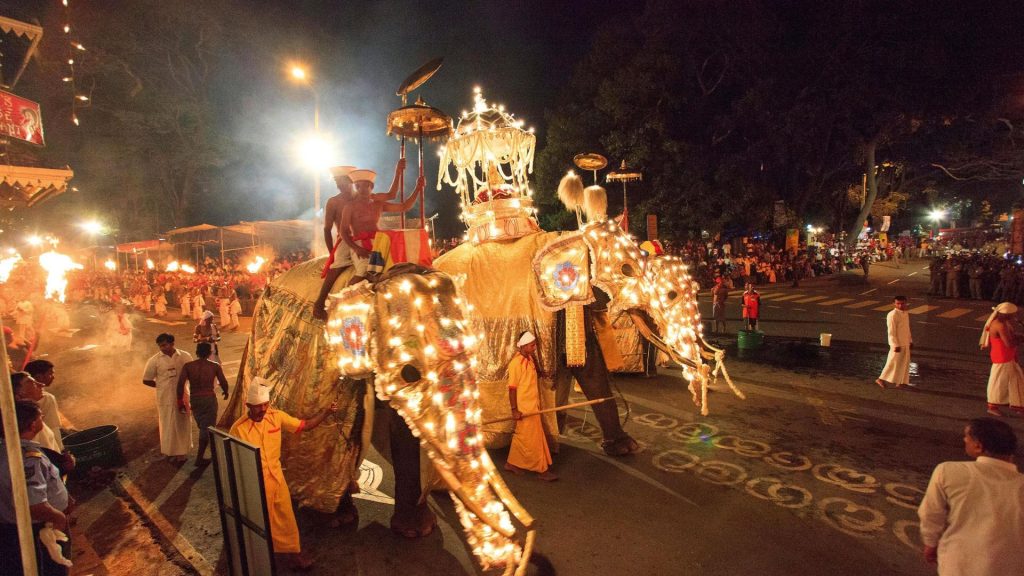
Preparing for the Festival
Planning Your Visit
Book your accommodation in advance if you are planning to attend Esala Perahera. At this time, Kandy receives lots of tourists and it may be difficult to find a place to stay.
The Best Viewing Spots to Choose
The best sight of the processions can be seen if you get there early enough and stake a seat along the main procession route. Poplular view points are Dalada Maligawa, Queen’s Hotel and Kandy lake.
What to Wear
It is a religious event and you are asked to dress modestly. Hats, sunscreen and light, comfortable clothing protect you from the sun.
Experiencing Esala Perahera
The Procession Route
Esala Perahera processions are held on the streets of Kandy along a particular path. The route passes numerous key landmarks starting from the Temple of the Tooth and so winds its way through the city.
The Soundscape
Esala Perahera has one of the most outstanding sounds of its kind. The drums are rhythmic, traditional instrument tunes are melodic and devotee chants takes you into another dimension altogether.
The Visual Spectacle
Esala Perahera has an incredible visual spectacle. The elaborate decorated elephants, colored costume of the dancers, and the dancing flame of these fire performers spawns a sight to behold.

Photography Tips
Capturing the Essence
For simplicity, you should concentrate on elephants, dancers and fire performers that play a major role in Esala Perahera. And if you take close up shots of the intricate costumes and the decorations this can add depth to your photographs.
Low Light Photography
Since most processions happen late at night, low light photography is a must. If you have a tripod and use a fast lens you can take sharp images in low light.
Respecting the Participants
Just because you can take the perfect shot doesn’t mean you need to, do not forget to respect the participants and the sanctity of the event. Don’t use flash photography, as it can disturb people.
Other Attractions in Kandy
The Temple of the Tooth
A visit to Kandy and it’s Esala Perahera is not complete when you miss a visit to the Temple of the Tooth. A UNESCO World Heritage site, the home of the Sacred Tooth Relic, this is considered a sacred site, and an absolute must see for anyone wanting to learn about Sri Lankan culture and history.
Kandy Lake
The centre piece of the city remains Kandy Lake, a peaceful retreat from the rambunctious festival crowds. Kandy was a nice place to spend a few days and a really beautiful lake to walk around and unwind.
Peradeniya Botanical Gardens
Just outside Kandy, a haven of biodiversity, is the Peradeniya Botanic Gardens. Plant and flowers lovers have an extensive collection in the gardens to explore.
Conclusion
But Esala Perahera is more than just a festival it is an occasion to celebrate Sri Lanka’s culture and religious dedication. These are the most colorful processions, the sound of the drums became the periodic sounds, and the sight of the decorated and the elephants is unforgettable. Whatever your experience with Sri Lanka, the Esala Perahera is a chance to see the cultural heart of the country at its play, and ensure you create holes in your t-shirt big enough to put your hand through and cry with joy.




